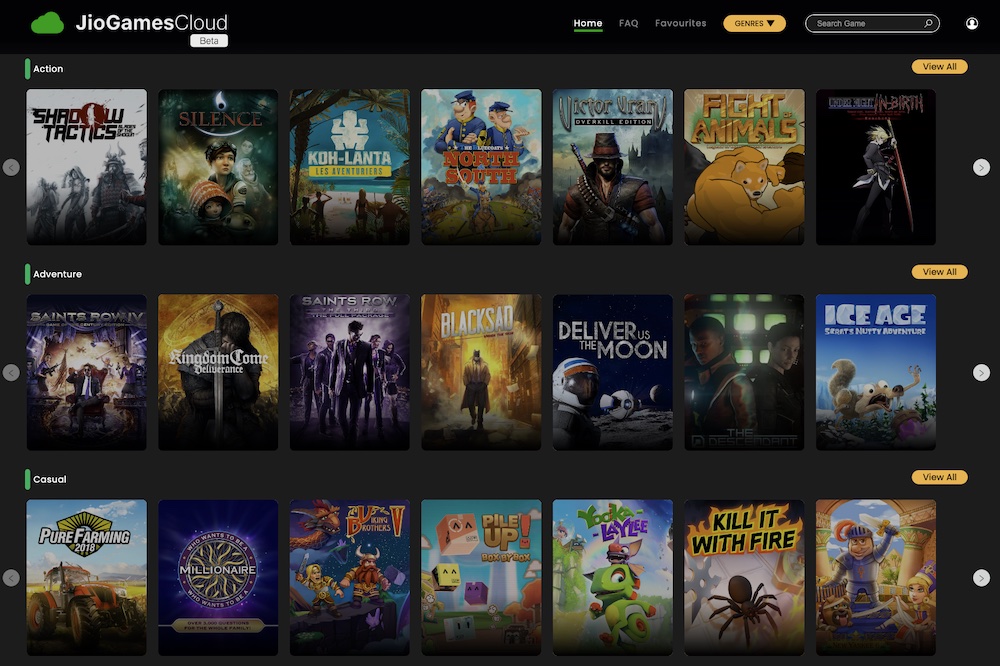In a keynote address at the annual Google for Game Developers Summit, Google said its Google Play Games for PC service, which brings Android games to Windows users, will roll out to Japan and other European markets, and gain new titles and tools for game developers. Of note, the service over the next couple of months will add several popular games, including Garena Free Fire, Ludo King (a popular board game in India), and MapleStory M. Meanwhile, Google Play is introducing early access to Machine Translation in the Play Console that will allow game developers to translate their game in more than eight languages within minutes for free, the company said.
Launched into beta testing in January 2022, Google Play Games is designed to expand the reach of Android gaming by allowing consumers to play the mobile titles on their Windows computers, in addition to supported platforms like Android mobile and tablet and ChromeOS. With the service, gamers can pick up where they left off on one device when switching to another — something many Apple-focused game titles already offer when users switch between iPhone, iPad and Mac devices, for instance.
Initially available in overseas markets like Hong Kong, South Korea and Taiwan, the service expanded into the U.S. and other countries in November and is now live in 13 markets, including Australia, Brazil, Canada, Indonesia, Malaysia, Mexico, the Philippines, Singapore and Thailand. Now, Google says the service will come to Japan and several European countries over the new couple of months.
It’s also introducing a range of features aimed at game developers, including an emulator offering a developer-focused build of
Google Play Games that’s designed for the debug and build process. This tool allows developers to deploy games directly, including by sideloading APKs via ADB command, and lets them use Android Studio to adjust graphics and hardware settings to validate different player configurations. (Developers will have to sign up here by first expressing interest in the service.)
Explains Google, its partnership with Intel enables it to make it easier for developers to join Google Play Games on PC with their existing mobile builds. If the mobile game already plays well on the desktop, they can now apply to join the service.
The company is also publishing a new release checklist to help game developers verify that they’ve completed all the necessary steps
before submitting their build for approval, and it added more metrics for games in Android vitals. The latter includes recently launched frame rate metrics in Play Console — or through the Developer Reporting API — that allow developers to check if their games offer at least 30 frames per second — the technical quality required for the Google Play Games for PC service. Other technical upgrades aimed at performance and user acquisition were also rolled out, in addition to the new Machine Translation feature that will use Google Translate and transformer-based language models to translate games in over eight languages, including Simplified Chinese and Japanese.
Google additionally teased the coming release of Next Generation Player IDs which will keep a user’s Player ID consistent across platforms for any given games, while still allowing them to be unique across different games. This feature, powered by Play Games Services, will arrive later this year.
Still considered a beta, Google Play Games on PC requires users to run Windows 10 on a PC with 10 GB of available storage on a solid state drive (SSD), with an Intel UHD Graphics 630 GPU or comparable, 4 CPU physical cores, and 8 GB of RAM. The company has not yet shared an official release date for a public launch.
Google Play Games for PC to roll out to Europe and Japan, add new titles including Garena Free Fire by Sarah Perez originally published on TechCrunch
Powered by WPeMatico
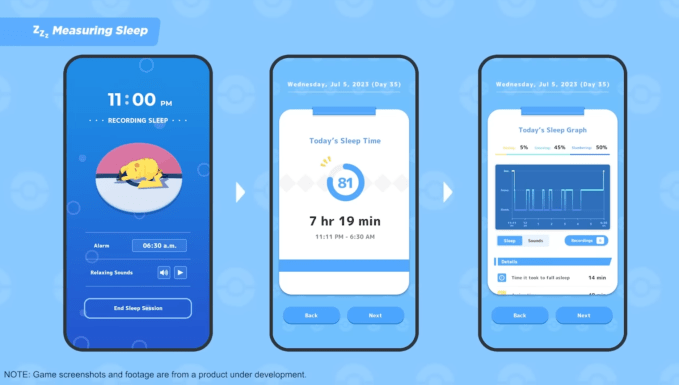

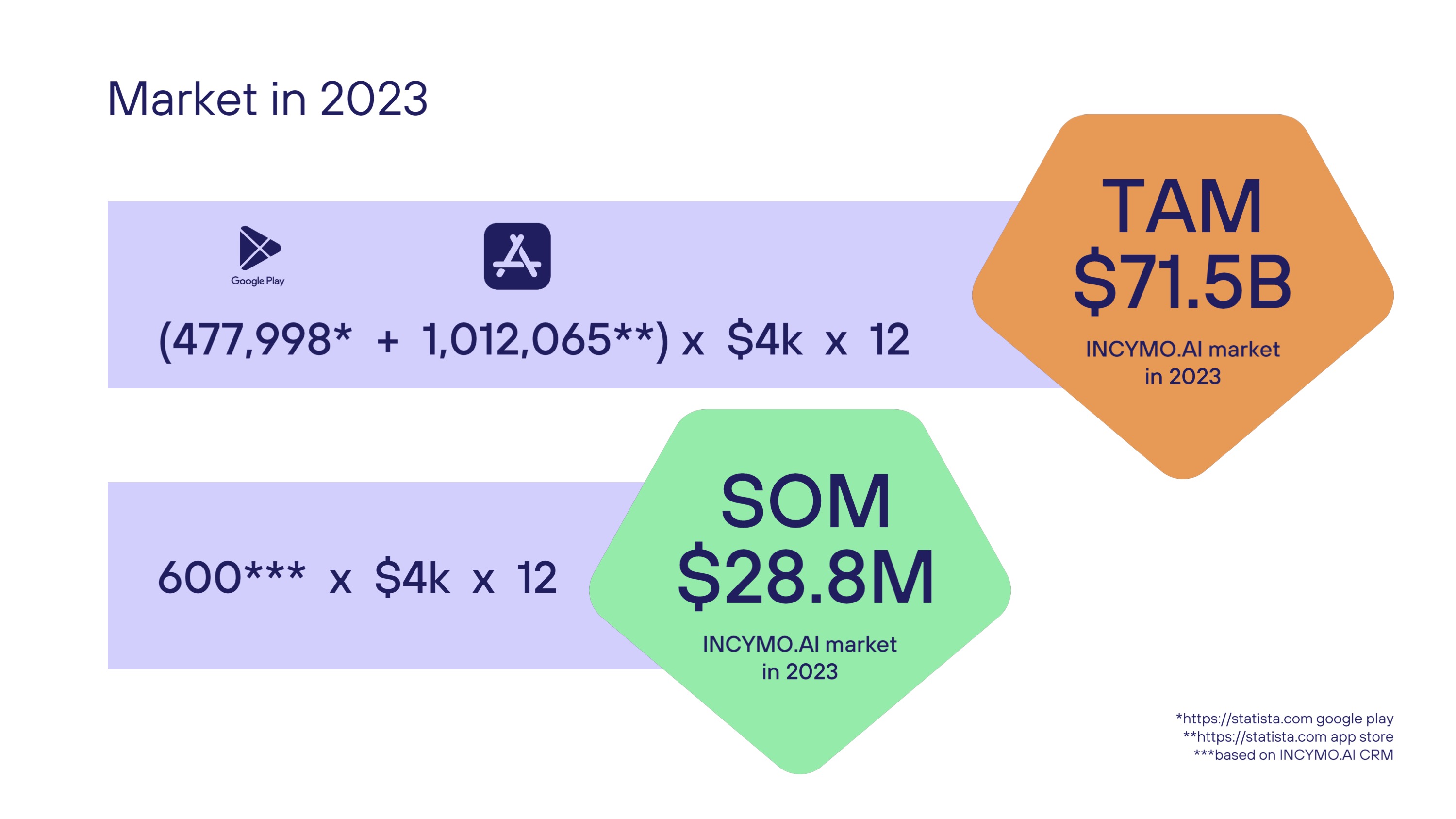
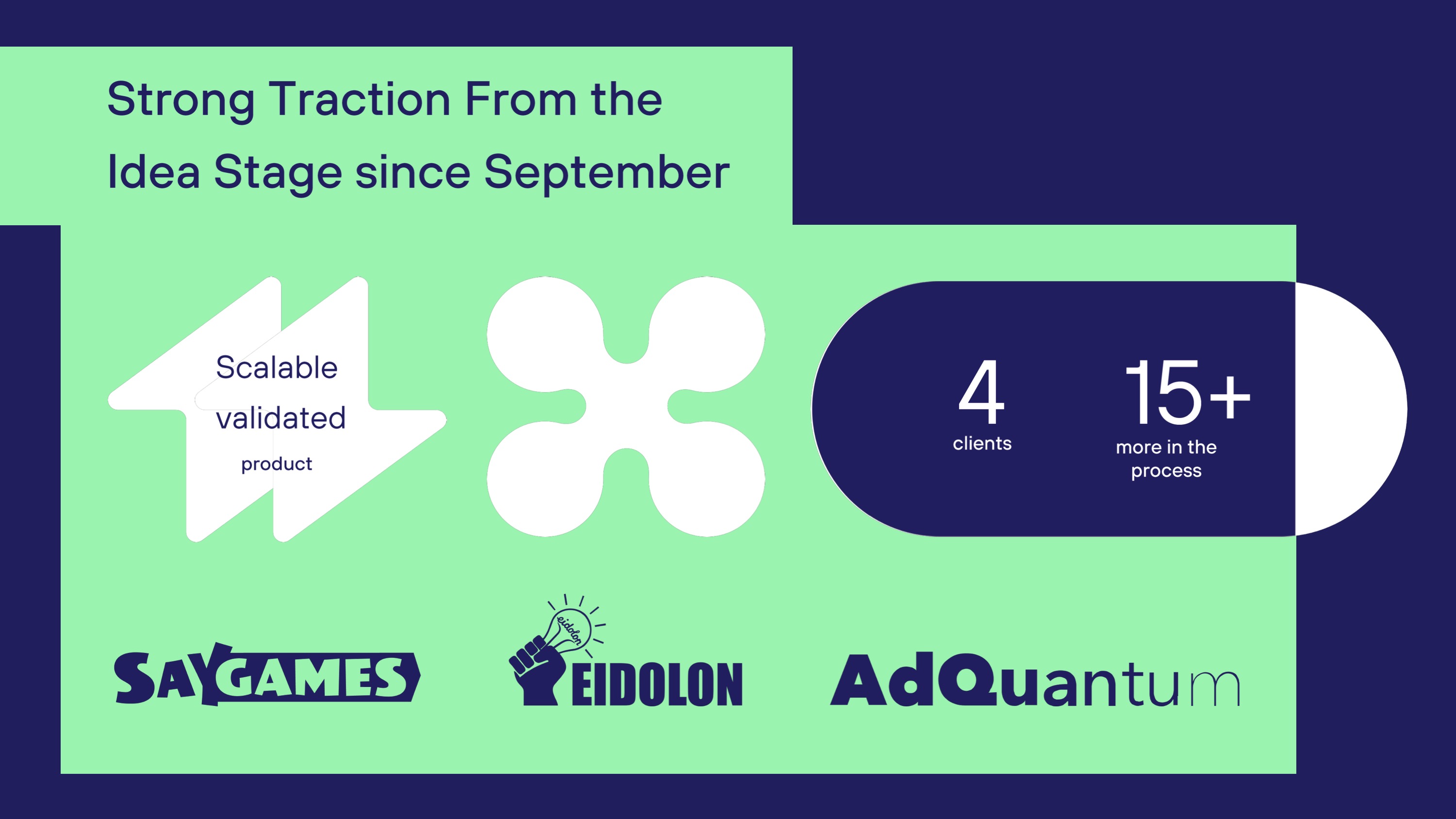
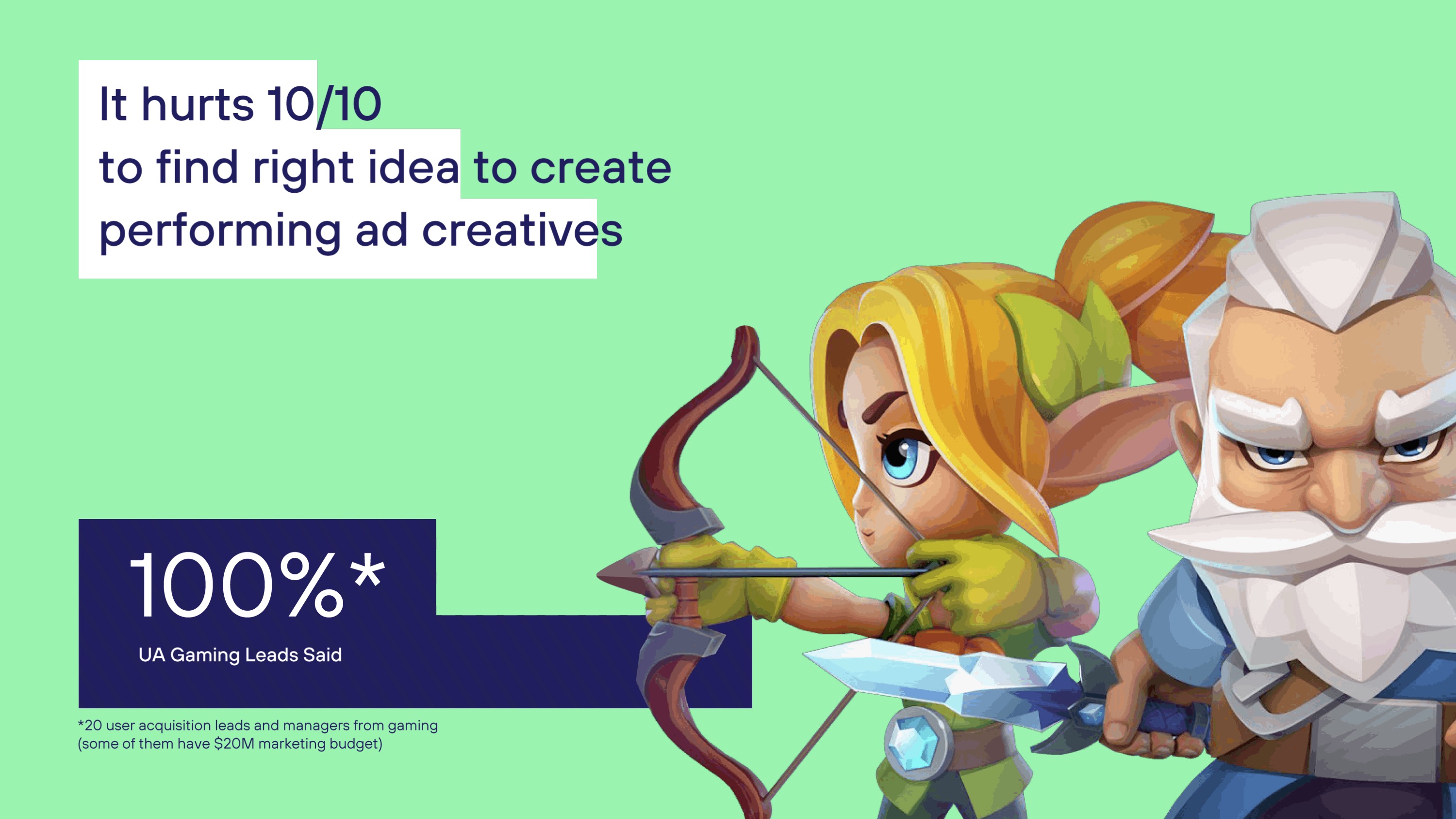
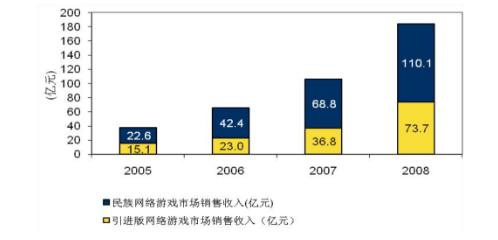
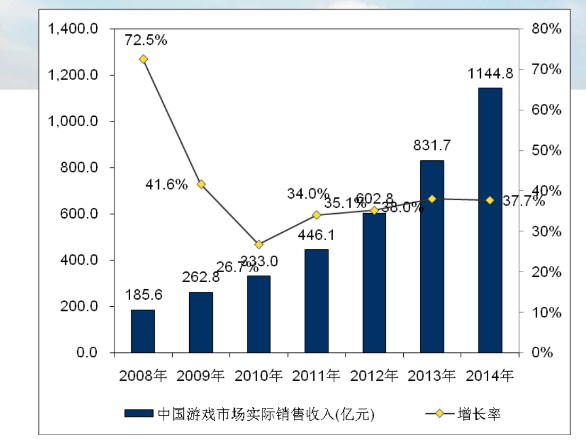
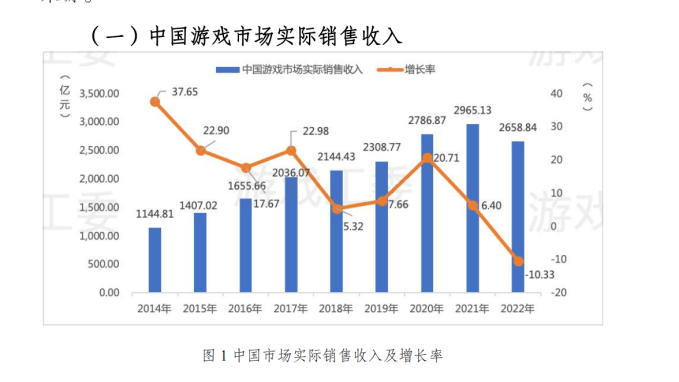






 ) and runs (super smooth
) and runs (super smooth ).
).



